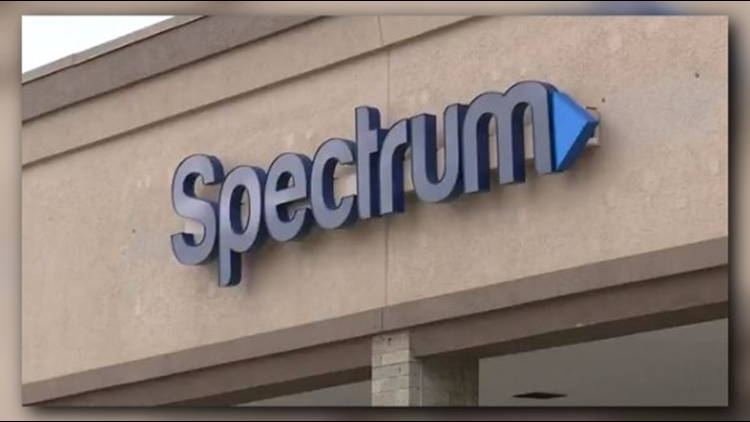Over the past three years, Charter Spectrum shed 800,000 cable television subscribers — 5 percent of its base — but has managed to increase revenues from remaining customers by 6 percent through a string of rate increases.
The latest increase goes into effect next month, as the cable service is due to raise the monthly charge by $2.50 a month for the typical subscriber, and more if you subscribe to Latino View or the company's internet service, which will go up $5 a month.
Cable television offerings "continue to be pressured by high cost of content and the fact that content is bundled the way it is," said Thomas Rutledge, Charter chief executive, during a conference call with analysts on Friday.
In an early-morning Friday earnings release, the Stamford, Connecticut-based company said that operating earnings at $11.9 billion for the first nine months of the year were up 5 percent, while revenues at $32.4 billion increased by nearly 5 percent.
In comments to analysts, Chief Financial Officer Christopher Winfrey said the latest round of cable service rate increases were "around the edges" of the service. The revenue and profit impact from the moves, he said, will be evident in 2019.
Even with the popularity of its internet service, subscription cable service remains Charter's largest revenue source.
Video customers have dropped from 16.9 million in the first quarter of 2016 to 16.1 million by the end of the third quarter in 2018. Even though subscribers have dwindled, revenues from those subscribers is up from $4.1 billion in the first quarter of 2016 to $4.3 billion at the end of September this year.
Video is not the only weak spot for Charter. The company has been unable to add traditional landline telephone customers, with those numbers flat-lining since the start of 2016. But revenue from the service has declined dramatically since the start of 2016.
Voice service brought in $729 million in the first quarter of 2016, compared with $512 million at the end of this year's third quarter, a decline of nearly 30 percent. Meanwhile, the number of customers has held steady at about 10.2 million in the voice segment.
In the video and voice category, Charter is feeling intense pressure from competition, industry analysts said.
"The entire pay TV industry is going through a tremendous transformation," said Jeff Kagan, an Atlanta-based industry analyst.
It's not just Netflix, Hulu, Amazon, Google and others now on the landscape, he said. Within the next five to 10 years, he predicts, there will be a sea change within the industry as new technology comes online. More nimble competitors will be vying for your business, likely with rates that are less than you're currently paying, Kagan said.
That may come as welcome news to a horde of customers who feel put upon by what they perceive as a never-ending stream of cable television rate increases. Traditional operators are already seeing the impacts as more customers "cut the cord" and rely on streaming services to supply their content.
"That means there's going to be a battle for customers," Kagan said. "The marketplace will require a different type of player."
Internet customers are growing for Charter — up 14 percent over three years to 23.3 million. Revenues from internet service are up 25 percent over the same time frame to $3.8 billion, nearly closing the gap on video.
While further declines are expected in at least the cable subscription numbers, if not revenues, Charter management remains optimistic that a push to higher internet speeds will win over customers and push segment revenues past television service.
Management has high expectations that the company's fledgling cellular telephone service will provide another revenue stream. Now at fewer than 30,000 customers, Rutledge said he expects that side of the business to grow exponentially as the company offers a robust product at competitive prices.



